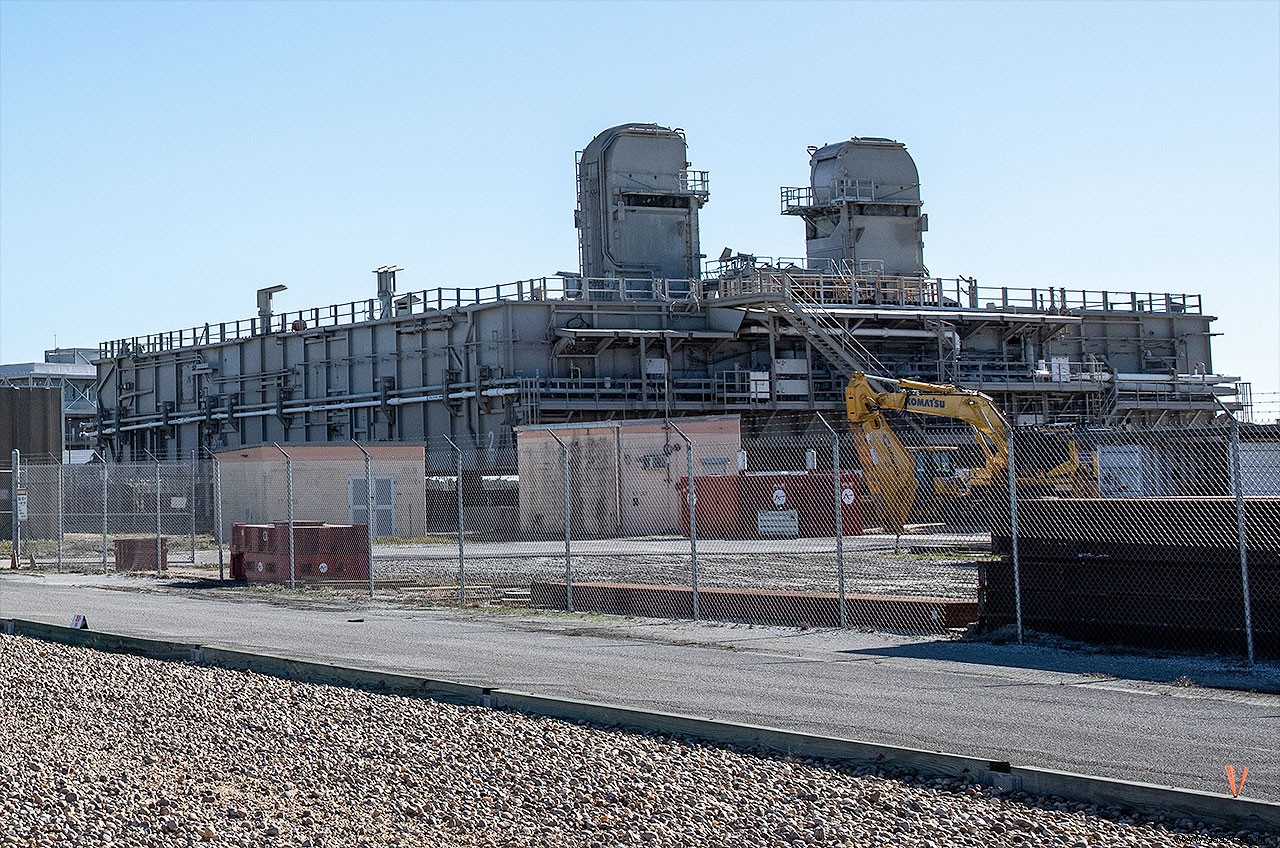One of the three major platforms that supported some Apollo mission and US space shuttle launches is being demolished. The reasons:NASA has no buyers, and it lacks parking spaces.
Between 1963 and 1965, Ingalls Iron Works built three mobile platforms to transport and support the launch of NASA's Saturn V and Saturn IB rockets. At the end of the Apollo program, these launchers were cleaned in turn so that they could take care of the launches of the American space shuttles.
As part of its Artemis program, which aims to return astronauts to the Moon, these old mobile launch pads have been found unable to support the combined mass of the new Space Launch System (SLS) rocket and its dedicated launch tower . That is why a new mobile launcher, ML-1, was completed in 2018. Construction of another platform also started in July 2020.
This brings us to Mobile Launch Pad-2 (MLP-2), the one that allowed the Apollo 14 crew to leave Earth for the Moon. Fifteen years later, on January 28, 1986, she also saw the space shuttle Challenger leave, which disintegrated 73 seconds after takeoff, taking with it the seven crew members.
In total, MLP-2 enabled the launch of 51 missions between 1968 and 2011 . Given its history, we could then imagine that this platform would be retired to a museum or that it could continue to serve other purposes. Unfortunately, no one really showed any particular interest in the structure. Also, NASA decided to demolish it. This also suits the American agency, which indeed lacks parking spaces.

A priori, the other two old platforms should not suffer the same fate . The first, the MLP-1 , is currently loaded with concrete blocks to simulate the mass of the SLS rocket and its launch umbilical tower. Once heavy enough, the MLP-1 will be picked up by one of NASA's two tracked transporters and driven to the SLS launch pad. This "conditioning" will ensure that the "tracks" are ready to support the weight of the rocket. This platform will then be stored in a hangar (High Bay 1) and will again be used for the packaging of the tracks.
MLP-3 is the one that supported the launches of the first humans to walk on the Moon (Apollo 11) and the last space shuttle mission (STS-135). After being briefly leased and modified by Northrop Grumman to support OmegA rocket launches, it too will soon be put in a hangar (High Bay 2) awaiting potential reuse for other purposes.